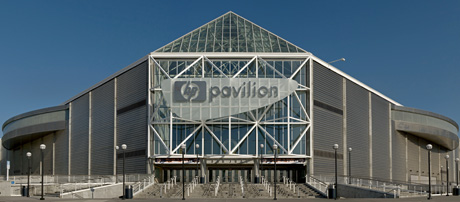The city of San Jose should put a hold on hiring firefighters until the firefighter union accepts a lower cost, second-tier pension plan for new employees. This would achieve cost savings and keep the city on a fiscally responsible path. Doing so would allow us to dedicate more funds to hiring police officers.
My prior work experience before joining the City Council was in the high tech industry, so pensions and their financial obligations were new to me. However, given that the annual property tax revenues collected by the city were not sufficient to cover the annual pension payment, it was obvious that action needed to be taken. Nearly three years ago, I initiated a pension reform ballot measure that allowed the city to establish a lower cost, second-tier pension plan for new employees. Voters passed Measure W with more than 72 percent of the vote. The city was then able to negotiate a second tier pension plan with 10 of the 11 city unions, including the police officer’s union. The firefighter’s union is the one exception.
The firefighter’s union set themselves apart from the other city employee unions, and simply refused to negotiate a two-tier pension plan. In order for the city to sustain itself and provide day-to-day services to residents, a second-tier pension system for newly hired employees, including firefighters, is not only the financially responsible option, but it has become essential.
Every other city employee union has realized that the only way to keep the city viable, and the existing pension system intact, is to accept a second-tier pension plan for new hires. The firefighters have shown their objection to joining fellow city employees through their unwillingness to start arbitration on the issue. The city was forced to request that a judge compel the fire union to arbitration, and, on June 17, the court ordered the fire union to arbitration pursuant to the city charter. Even with the judge’s recent decision, final implementation of any changes could take approximately one year.
Filling any future vacancies with new hires on the first-tier pension plan is not only financially costly, but it is also unfair to the other city employees who have agreed to the two-tier system. Continuing to hire firefighters under the old single-tier system simply increases the unfunded pension liability that has plagued the city for years, and it impedes the city’s ability to meet its critical needs in the future, such as hiring additional police officers. Among all the proposed pension reforms, a second-tier pension plan for new employees has always had the strongest support from the public. The fire union should not be exempted.
I appreciate and respect the work of all San Jose firefighters, but I have found the fire union bosses to be obstructionist in their dealings with city officials. They have historically been unwilling to work towards the necessary solutions that are required, so that San Jose can have both adequate police and fire protection for residents.
